Blogs & News
We are focus on automotive wiring harness & connectors technology.
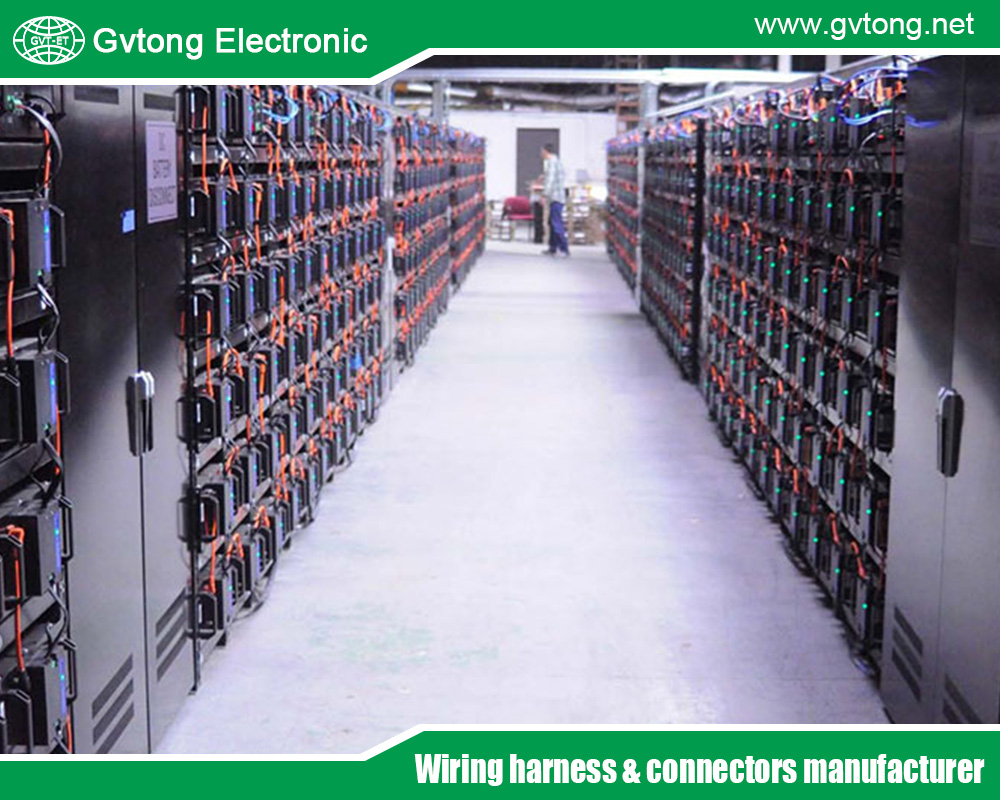
Automotive Coaxial Connectors: Powering High-Frequency Communication in Modern Vehicles
- Gvtong Electronic
- ADAS sensor connectors, Anti-vibration automotive connectors, automotive antenna connector, automotive coaxial connector, automotive coaxial connectors, automotive data connector, automotive diagnostic connector, automotive electrical connector, Automotive high - frequency connector, automotive High voltage connector, automotive hybrid connector, automotive Low voltage connector, automotive Oil-resistant Connectors, automotive optical fiber connector, Automotive shielded connectors, automotive Signal Connector, Automotive temperature - resistant connector, Automotive vibration - resistant connector, automotive waterproof connectors, Blind-mate automotive connectors, EV charging connectors, Fuel cell connectors, High-speed data connectors, High-temperature resistant connectors, In-cabin infotainment connectors, Lightweight automotive connectors, Low-contact resistance connectors, Modular automotive connectors, OEM-specific connectors, Oil-resistant automotive connectors, Pre-charge/discharge connectors, Quick-fit automotive connectors, Redundant safety connectors, V2X communication connectors, Wireless charging connectors
- No Comments
Automotive Coaxial Connectors: Powering High-Frequency Communication in Modern Vehicles
In the rapidly evolving automotive landscape, where vehicles are becoming connected, autonomous, and electrified, reliable high-frequency communication is essential. Automotive coaxial connectors, with their ability to transmit high-speed data and signals with minimal interference, are at the heart of this transformation. These specialized connectors enable critical systems like GPS navigation, radar-based safety features, and vehicle-to-everything (V2X) communication, ensuring vehicles operate safely and efficiently in an increasingly complex electronic ecosystem.
Unlike standard connectors, coaxial connectors are designed to handle high-frequency signals, making them indispensable for modern automotive applications. This article provides an in-depth exploration of automotive coaxial connectors, covering their definition, types, applications, design considerations, challenges, and future trends. By understanding their role, we gain insight into how these compact components are driving the future of mobility.
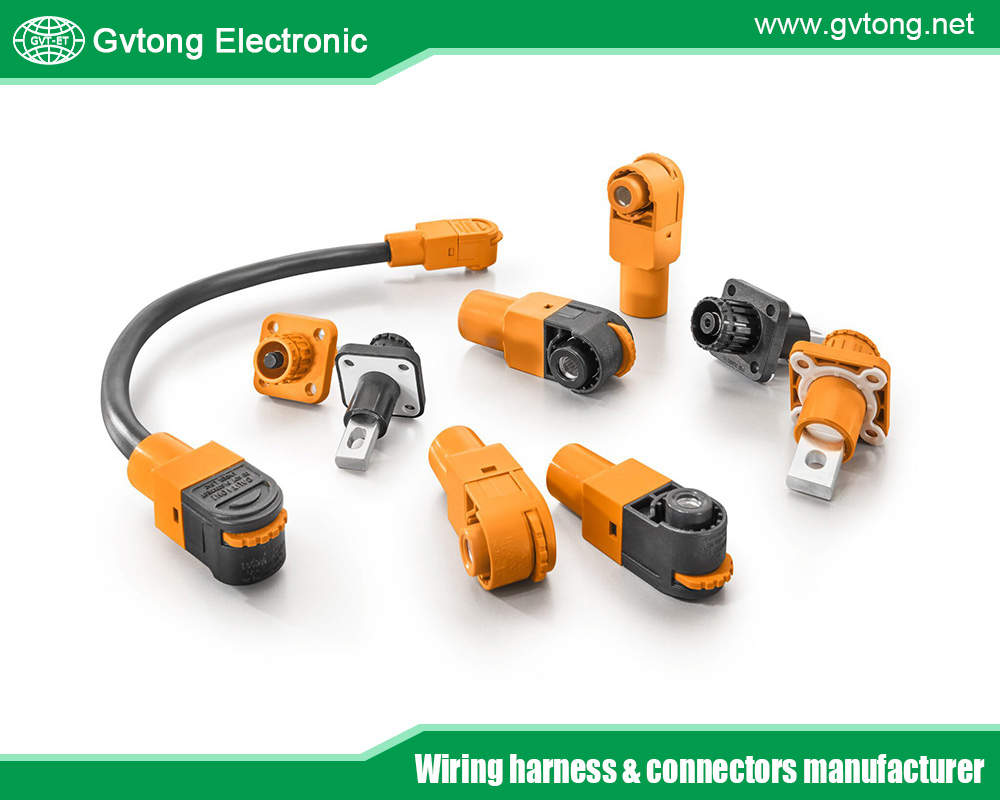
What Are Automotive Coaxial Connectors?
Coaxial connectors, often referred to as “coax” connectors, are electrical connectors designed to transmit high-frequency signals with low loss and minimal electromagnetic interference (EMI). Their unique construction—a central conductor surrounded by a concentric shield, separated by an insulating layer—ensures signal integrity, making them ideal for applications requiring precise, high-speed data transmission.
In the automotive context, coaxial connectors are used primarily for radio frequency (RF) signals, such as those in telematics, radar, and infotainment systems. They typically operate at low voltages (below 60V DC) and are engineered to withstand the harsh conditions of a vehicle, including temperature extremes, vibrations, and moisture.
Key Characteristics
- High-Frequency Capability: Support signals in the megahertz to gigahertz range, critical for applications like 5G or radar.
- Shielding: The outer shield protects against EMI, ensuring clean signal transmission.
- Durability: Built to endure automotive stressors like heat, shock, and chemical exposure.
- Compact Design: Optimized for space-constrained vehicle environments.
Importance in Vehicles
Coaxial connectors are the backbone of high-frequency communication in vehicles. They enable systems like adaptive cruise control, satellite radio, and cellular connectivity, which rely on fast, reliable data transfer. As cars become more connected and autonomous, the demand for these connectors grows, ensuring seamless integration of advanced technologies.
Types of Automotive Coaxial Connectors
Several types of coaxial connectors are used in automotive applications, each tailored to specific frequency ranges, sizes, and performance needs:
SMA (SubMiniature Version A) Connectors
SMA connectors are compact, high-performance connectors capable of handling frequencies up to 18 GHz. They’re used in applications like GPS antennas and radar systems, offering excellent signal integrity and durability.
SMB (SubMiniature Version B) Connectors
SMB connectors are smaller than SMA and support frequencies up to 4 GHz. Their snap-on design makes them ideal for space-constrained applications, such as infotainment modules or telematics.
Fakra Connectors
Fakra connectors, a standardized automotive coaxial connector, are widely used for RF applications like radio, GPS, and cellular communication. They feature color-coded, keyed designs to prevent mismating and support frequencies up to 6 GHz.
Mini-Coax Connectors
Mini-coax connectors are ultra-compact, designed for high-density applications in modern vehicles. They’re used in ADAS and infotainment, supporting frequencies up to 9 GHz while saving space.
HSD (High-Speed Data) Connectors
HSD connectors are optimized for high-speed digital data, supporting protocols like automotive Ethernet and LVDS (Low-Voltage Differential Signaling). They’re used in camera systems and infotainment, handling frequencies up to 6 GHz.
Materials
- Central Conductor: Typically copper or copper alloys for conductivity.
- Shield: Braided or foil copper/aluminum to block EMI.
- Insulation: Dielectric materials like PTFE or polyethylene for signal isolation.
- Housing: Durable plastics (e.g., PBT, polyamide) or metal for environmental protection.
Applications in Modern Vehicles
Automotive coaxial connectors are critical across a range of high-frequency systems, each with unique data and environmental demands.
Advanced Driver Assistance Systems (ADAS)
ADAS relies on radar, LIDAR, and cameras, all of which use coaxial connectors to transmit high-frequency signals. For example:
- Radar Sensors: Use SMA or Fakra connectors for 77 GHz signals in adaptive cruise control or collision avoidance.
- Camera Systems: HSD connectors support high-resolution video feeds for surround-view systems.
Telematics and Connectivity
Telematics systems enable V2X communication, remote diagnostics, and OTA updates. Coaxial connectors like Fakra or SMB are used in:
- Cellular Antennas: For 4G/5G connectivity.
- GPS Modules: For precise navigation and location tracking.
Infotainment Systems
Infotainment systems demand high-speed data for radio, satellite, and streaming services. Coaxial connectors ensure:
- AM/FM and DAB Radio: Clear signal reception via Fakra connectors.
- Satellite Radio: High-quality audio through SMA or SMB connectors.
Autonomous Driving
Self-driving cars generate terabytes of data from sensors and cameras. Coaxial connectors, especially mini-coax and HSD, handle high-frequency signals for real-time processing, ensuring safe navigation.
Electric Vehicles (EVs)
EVs use coaxial connectors in telematics and battery management systems, supporting communication for charging status and vehicle diagnostics.
Specific Examples
- 5G Connectivity: Fakra connectors in 5G modules enable ultra-low-latency V2X communication.
- Backup Cameras: HSD connectors transmit high-definition video with minimal latency.
Design Considerations
Designing automotive coaxial connectors involves balancing electrical performance, environmental durability, and practical constraints.
Signal Integrity
Maintaining clean, high-frequency signals is critical:
- Impedance Matching: Most coaxial connectors are designed for 50 or 75 ohms to prevent signal reflection.
- Low Insertion Loss: Ensures minimal signal attenuation.
- Shielding Effectiveness: Blocks EMI from nearby electronics or external sources.
Environmental Resistance
Connectors must withstand:
- Temperature Extremes: From -40°C to 125°C in engine bays or exterior applications.
- Vibration and Shock: Constant road and engine movement.
- Moisture and Chemicals: Rain, road salts, and oils.
Solutions include IP-rated seals (e.g., IP67), corrosion-resistant plating (gold or tin), and robust locking mechanisms.
Miniaturization
With vehicles packing more electronics, coaxial connectors must be compact. Mini-coax and HSD designs maximize signal density in tight spaces.
Frequency Range
Connectors must support increasing frequencies (e.g., 77 GHz for radar, 6 GHz for 5G), requiring precise engineering and high-quality materials.
Standards and Testing
Automotive coaxial connectors comply with standards from SAE, ISO, and USCAR (United States Council for Automotive Research). Testing includes:
- RF Performance: To verify signal integrity across frequencies.
- Environmental Tests: For temperature, humidity, and vibration resistance.
- Durability Tests: To ensure thousands of mating cycles.
Challenges in Coaxial Connector Design
Designing automotive coaxial connectors presents several challenges:
Electromagnetic Interference (EMI)
The growing number of vehicle electronics increases EMI risks. Connectors must incorporate robust shielding, which adds complexity and cost.
High-Frequency Performance
As frequencies rise (e.g., for 5G or radar), connectors face greater signal loss and distortion. Advanced materials like low-loss dielectrics are needed, increasing costs.
Miniaturization vs. Performance
Smaller connectors save space but risk reduced shielding or mechanical strength. Balancing size and performance requires innovative designs.
Environmental Durability
Achieving high IP ratings and corrosion resistance in compact, high-frequency connectors is challenging, especially for exterior applications.
Cost Pressures
Automakers demand affordable solutions. Designers must optimize materials and manufacturing while meeting stringent performance standards.
Solutions and Innovations
- Advanced Dielectrics: Low-loss materials like PTFE improve high-frequency performance.
- Multi-Port Designs: Combine multiple RF signals in one connector to save space.
- Sealed Connectors: Overmolding and gaskets enhance waterproofing.
- Automated Assembly: Precision manufacturing reduces costs and ensures consistency.
Future Trends
The future of automotive coaxial connectors is shaped by automotive megatrends:
Higher Frequencies
As radar (up to 79 GHz) and 6G communication emerge, coaxial connectors will need to support even higher frequencies, driving advancements in materials and design.
Autonomous Vehicles
Self-driving cars rely on high-frequency data from sensors. Mini-coax and HSD connectors will expand to handle massive data volumes with low latency.
5G and V2X Expansion
5G adoption will increase demand for Fakra and HSD connectors, enabling ultra-fast V2X communication for traffic management and safety.
Smart Connectors
Connectors with embedded diagnostics could monitor signal quality or environmental exposure, supporting predictive maintenance.
Sustainable Materials
Eco-friendly plastics and recyclable metals will align with automotive sustainability goals, reducing environmental impact.
Hybrid Integration
Hybrid connectors combining RF, power, and digital signals will reduce connector count, saving space and simplifying wiring.
Case Studies and Real-World Impact
- BMW’s Connected Vehicles: BMW uses Fakra connectors for 5G and GPS, enabling real-time navigation and OTA updates.
- Tesla’s Radar Systems: Tesla’s ADAS relies on SMA and mini-coax connectors for 77 GHz radar, ensuring precise object detection.
- Commercial Fleets: Telematics in trucks use HSD connectors for high-speed data, improving logistics through real-time tracking.
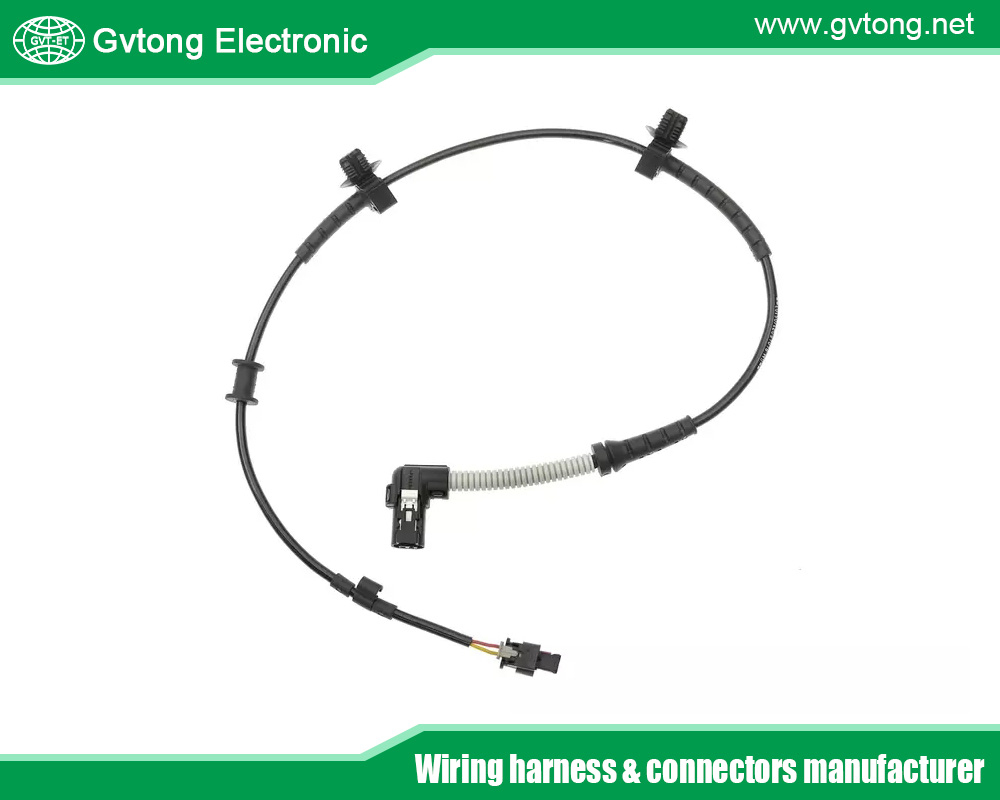
Conclusion
Automotive coaxial connectors are vital enablers of high-frequency communication, powering the connected and autonomous vehicles of today and tomorrow. Their ability to transmit clean, high-speed signals in harsh environments makes them indispensable for ADAS, telematics, and infotainment. Designing these connectors requires mastering signal integrity, durability, and miniaturization while addressing EMI, high frequencies, and cost pressures. As vehicles embrace 5G, autonomy, and sustainability, coaxial connectors will evolve, incorporating smarter features, higher performance, and greener materials.
Next time you use GPS, engage adaptive cruise control, or stream music in your car, consider the coaxial connectors working silently to make it happen. They’re small, but their impact on the future of mobility is profound.
For more about the best automotive coaxial connectors: powering high-frequency communication in modern vehicles, you can pay a visit to Gvtong at https://www.gvtong.net/ for more info.
Recent Posts
The Best GR Series-Circular Connectors Manufacturer
The Best GD Series Combined Power Connector Manufacturer
A Guide to Selecting the Best GH Series Plastic Connector Manufacturer
How High Pressure Connectors Work?
The Best Automotive Connector Companies
Tags
Recommended Products
-
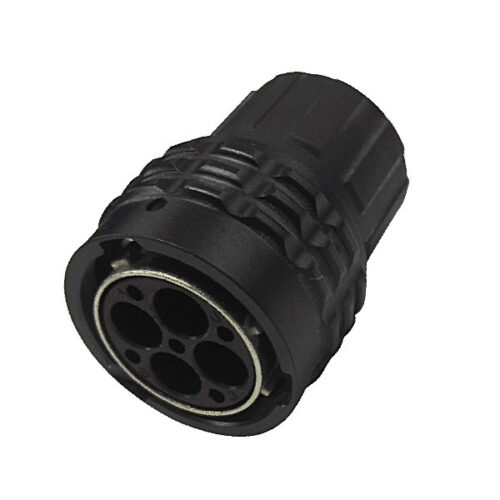
GR Series-4-core 16# circular signal connector
-
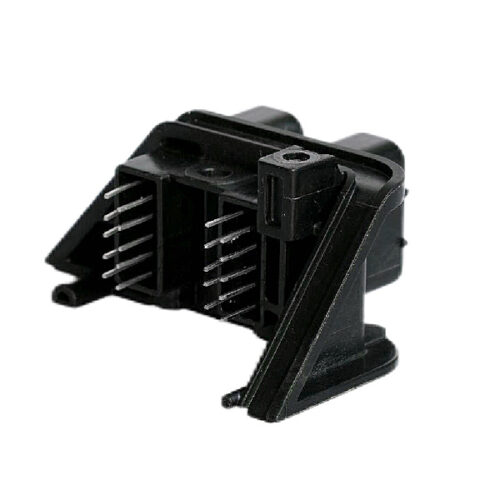
GE Series-20PIN Right Angle Connector Socket
-
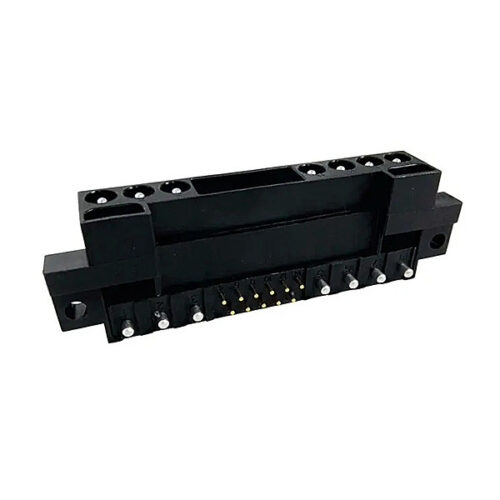
18-core power connector
-
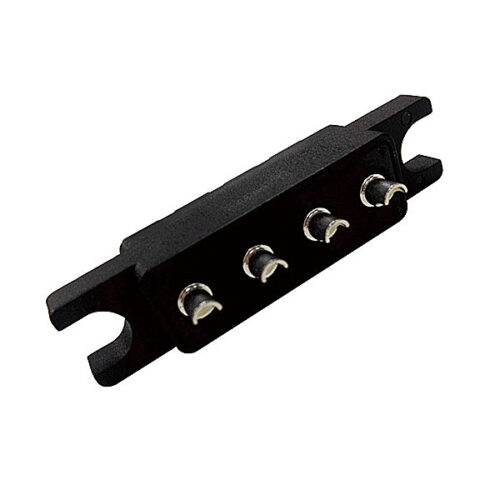
11-pin power connector
-
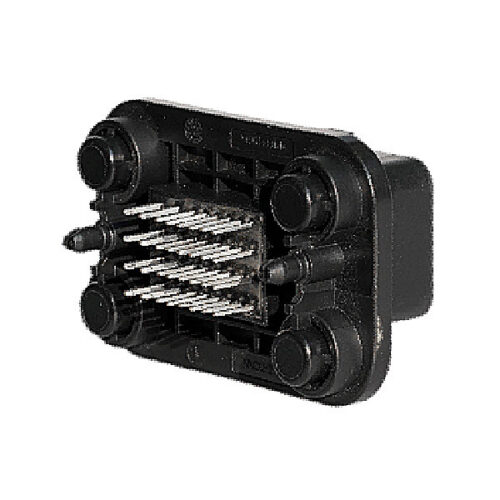
GE Series-32pin Signal Connector Right Angle Socket
-
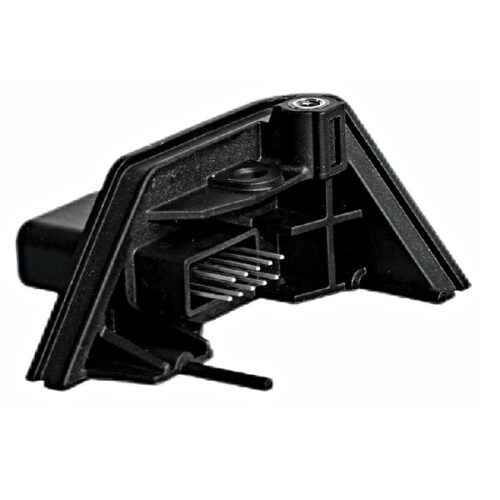
GE Series-10PIN Right Angle Connector Socket
-
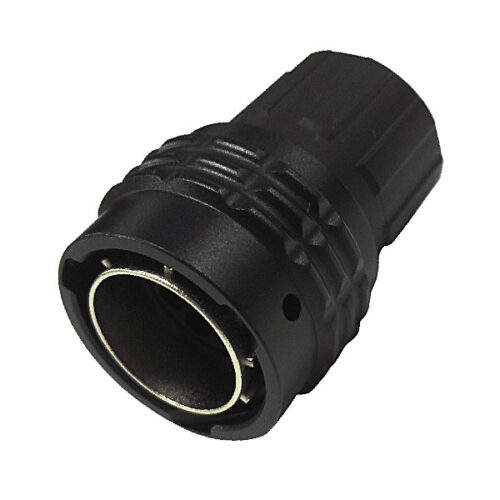
GR Series-8-core 12# circular signal connector
-
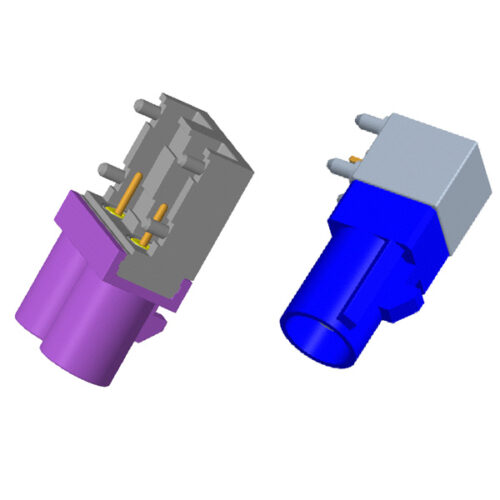
Automotive FAKRA Connector – Board End, DC to 3GHz From RF Connectors And Cables Manufacturer In China
